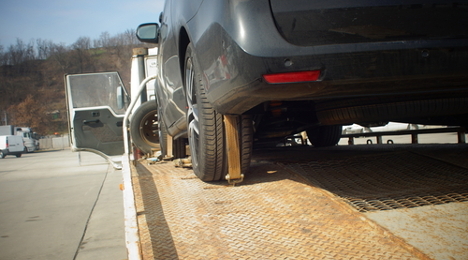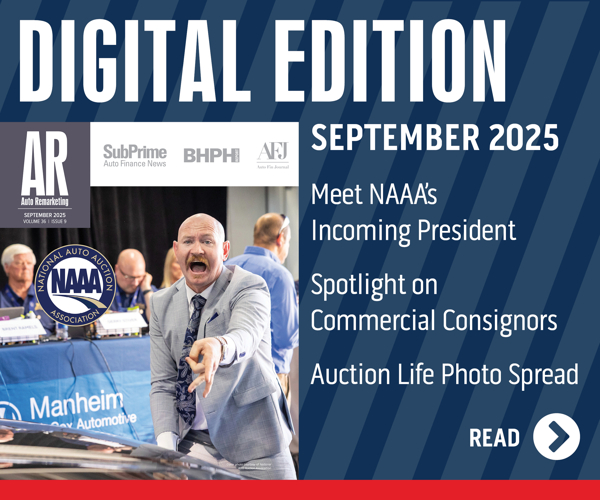Tips for receiving vehicle shipments at your dealership

Although there have been plenty of articles written about how to prepare vehicles for shipment and how to save transportation costs and time, not a lot has been written about the other end of the process: how to receive shipments at your dealership.
It doesn’t make sense to spend a lot of time and money arranging for transport only to encounter difficulties at the final destination.
To help ensure easy deliveries, I’d like to offer the following tips on how to prepare your dealership to receive vehicle shipments.
- Have an allocated delivery drop area
- This will help ensure a safe unload of your vehicle(s) while maintaining the safety of the driver, your staff and your customers.
- As a rule of thumb, drivers need at least 150-175 feet of clearance (that includes the length of the truck).
- Communicate with the transport company
- It’s always good to communicate any changes in delivery area or receiving hours to your dispatcher to avoid delays.
- You’ll also want to let your dispatcher know of any changes in infrastructure (e.g., different entry gates, low-clearance bridges, major road construction) in your area.
- Having a point person ensures that the right vehicles are delivered to you. There are times a driver arrives at a dealership and can’t unload because he can’t find a person who knows about the delivery.
- Inspect your vehicles
- When your vehicles arrive, make sure to do a thorough inspection with the driver present. Drivers should perform an inspection at the time of pickup and note any existing damage, if any, on the Bill of Lading. When the origin of the shipment is an auction, any damages found are noted on the vehicle gate pass. Use the BOL to note any damages on the vehicle. The driver will keep a copy of this “condition report,” as will you. Sign the BOL only after you’ve inspected the vehicle.
- If your dealership accepts deliveries after hours, the BOL will have a “Subject to Inspection” stamp or signature written on it. As soon as you are able to take physical possession of the vehicle, you should still do a thorough inspection.
- If you see damage, take pictures and contact the claims department at the transport company as soon as possible. Even if you do not have pictures, the sooner you report the damage to the claims department, the better.
- Signing a clean BOL, or not having one at all, will make it very difficult to file a claim.
- Also keep in mind that normal wear and tear on a pre-owned vehicle is not considered major damage. Defining what constitutes normal wear is perhaps a good topic for a future article.
- Check the driver’s paperwork
- When a carrier arrives at your dealership, have your point person check the BOL to make sure the driver is at the correct location, and verify the vehicles that are intended for your business. A carrier can have a full truckload but only one or two vehicles may be for your location.
- Many times a carrier is transporting two or three vehicles of the same make and model. Always verify that the VIN number on the BOL matches the VIN plate on the vehicle.
Following these steps will ensure a smooth delivery process, and you don’t have to wait until your next order to notify your dispatcher of any changes.
Martha Garcia-Perry is director, account management with MetroGistics (www.metrogistics.com).


